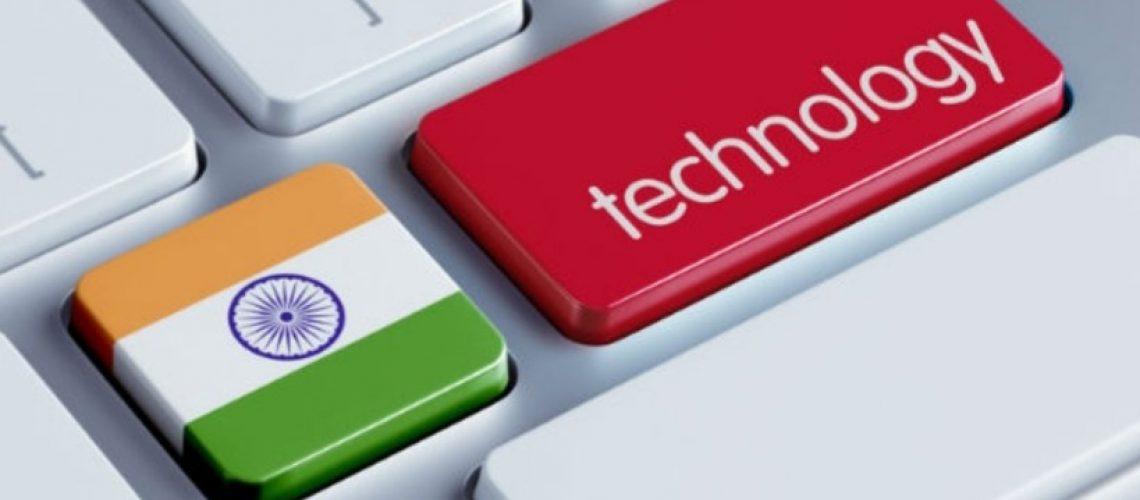In 1990, the U.S. government established an 85,000 annual cap on its most popular and common professional (i.e. bachelor’s degree required) visa category, the H-1B. Within that 85,000, there is a breakdown of 65,000 for standard petitions and 20,000 for beneficiaries holding a U.S. Master’s degree (whether the position requires a Master’s degree is irrelevant though).
The burgeoning and dominant tech industry in the U.S., considered paramount in the global tech world, has been heavily dependent on H-1B workers, specifically ones hailing from India. In 2017, 63% (i.e. over 45,000) of H-1B visas issued were for Indian nationals, with a large percentage being petitioned by technology companies. In many cases, tech giants like Microsoft, Google, and Facebook.
The growing U.S./India trade war, that has seen tariffs on U.S. imports like apples and finished metal products, now threatens the prized and essential H-1B visa category. But of course, the executive branch is limited in its ability to change existing, dominant immigration law, so the end-run is to change interpretation of existing immigration law. In the case of limiting the number of H-1B visas for Indian nationals, the plan is to put a quota (10% to 15% of the annual issued H-1B visas) on nationals from countries that require foreign companies to store data locally. Other than India, countries like China, Russia, Germany, Turkey, Belgium, Brazil and South Korea have also implemented data localization laws, but none of these countries come close to the 45,000 H-1B visas to Indian nationals.
The issue of data localization has been hotly contested by both the Trump administration and global tech giants, as well as small- and medium- sized technology firms that find it far too expensive to have local servers internationally. But the proposed plan, reported by Reuters on June 20, is largely seen as a response to Indian tariffs on U.S. goods.
Fueling public perception to accept this quota are fierce accusations by President Trump that tech companies are replacing Americans with the long boogey-man’d “cheap, foreign worker.”
The perception simply isn’t true.
H-1B workers are subject to strict prevailing wage rates provided by the Department of Labor and companies often shell out thousands of dollars in legal fees, filing fees, and status maintenance fees for H-1B workers.
And for H-1B workers sponsored for green cards? Those legal fees reach tens of thousands of dollars and often span over a decade of time. In addition, leaders of the tech industry warn of severe limitations to our competitive technology industry if we limit the talent pool of Indian nationals.“If US policy makes it more difficult to hire advanced tech workers, it will only weaken the US companies that depend on them to help fill their skills gaps, put jobs at risk, creating pressure to send technology services abroad,” the National Association of Software and Services Companies said in a statement.
SOURCES:
https://www.cnn.com/2019/06/20/tech/h1b-visa-cap-india-us/index.htmlhttps://www.forbes.com/sites/stuartanderson/2019/06/20/attorneys-say-trump-lacks-legal-authority-to-limit-h-1b-visas-for-indians/#59fd7c1071a2
https://fortune.com/2019/06/20/h1b-visa-india-cap/
https://timesofindia.indiatimes.com/business/india-business/h-1b-cap-for-india-its-not-easy-and-may-need-approval-by-us-parliament-say-experts/articleshow/69868230.cms
https://www.usatoday.com/story/money/2017/08/12/more-u-s-companies-push-back-foreign-must-store-data-here-rule/558702001/


